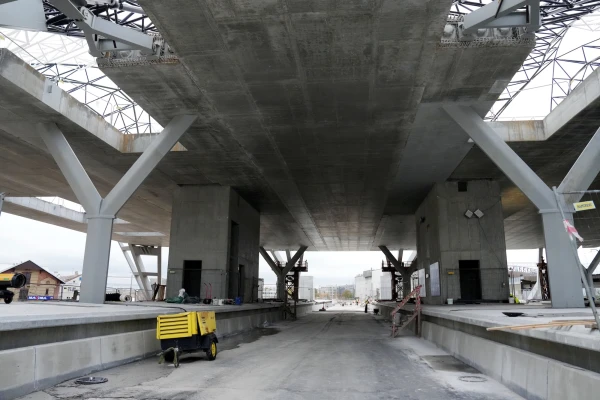
By the end of this year, construction work should cover 43% of the main railway route "Rail Baltica," said in an interview with the LETA agency, the chairman of the board of the Baltic joint venture "RB Rail" Marko Kivila and CFO Ojar Daugavietis.
Kivila reported that in Estonia, work is actively underway on the construction of embankments and related infrastructure for approximately 105 kilometers, while in Lithuania, the construction volume will reach 114 kilometers by the end of the year.
In Latvia, about 10 kilometers are currently under construction, with the goal of reaching 45 kilometers by the end of the year.
He explained that before the formation of the embankment can begin in most areas, extensive preparatory work must be carried out — clearing forests, building access roads, leveling the land, and demining. The latter is particularly important for Latvia, as the new railway line passes through areas where unexploded ordnance from World War I and World War II is still being found.
"In certain sections, forest clearing, access road construction, and land preparation are still necessary. At the same time, the process of forming the embankment continues, which provides a stable foundation for the above-ground part of the railway," Kivila added.
According to him, this process is an important condition for safety, but it also slows down the start of construction work compared to neighboring countries.
"At the same time, infrastructure related to the embankment is being built — bridges, viaducts, crossings, drainage pipes, and other engineering structures. After the embankment formation work is completed, the next stage will be the construction of the above-ground part of the railway, including ballast laying, sleeper installation, and rail laying," Kivila explained.
The head of "RB Rail" also noted that signing contracts is a crucial stage of the project, as currently, the outsourcing of the train control and signaling subsystems (CCS) remains, and in Lithuania — the construction of separate sections of the main route from Kaunas to the border with Poland and from Panevėžys to the border with Latvia. At the same time, a contract for the electrification of the entire "Rail Baltica" route has recently been signed.
"In Latvia, a contractor for the construction of the main route has already been selected, so we are now finalizing the remaining contracts so that all contracts for the construction work of the first phase of the 'Rail Baltica' project are signed. After that, the main focus will be on construction rather than preparatory work," Kivila explained.
Daugavietis added that when requesting funding from the European Commission or participating in competitions, EU representatives are always interested in the project's readiness level.
"The signed contract actually means that we are at a very high level of readiness for the allocated funding to be used and the project to move forward. Previously, we had to 'play a game' with assumptions, but now we can say that we have contracts and we are ready to invest funds and implement the project," Daugavietis noted.
He also explained that earlier, Latvia decided to direct part of the funding to the so-called Riga node, that is, the section of the route passing through Riga.
"If we compare the amount of available funds in Estonia, Latvia, and Lithuania and invest everything only in the main route passing by Riga, then the volume of construction work in Latvia would likely be comparable to neighboring countries," Daugavietis added.
According to him, the Riga node is the most complex part, where the railway passes through the city, and it is necessary to take into account many factors and the interests of a large number of parties. Currently, the main focus is on constructing 45 kilometers of the main route from the border with Lithuania to the settlement of Misa, then to Salaspils, and afterwards north to the border with Estonia.
He also explained that the project is divided into operational phases so that individual sections of the line can be put into operation even before the entire main route is completed.
"The reason why the next phase is the construction of the line from Misa to Salaspils is that a shuttle train can start operating from Salaspils to the Central Station of Riga and Riga Airport station. Do we have the money for this? Not yet," Daugavietis added.
He stated that at the moment, all "cards are on the table" for the next long-term budget of the European Union, and according to current estimates, its volume is expected to be higher than during the period from 2021 to 2027. Discussions about the allocation of these funds are just beginning.
According to information from the Baltic states' joint venture "RB Rail", the cost of the first phase of the "Rail Baltica" project in the Baltic states may reach 14.3 billion euros, of which 5.5 billion euros are allocated to Latvia. However, it is potentially possible to save up to 500 million euros through the optimization of technical solutions and other factors.
The total cost of the project, according to the cost-benefit analysis, in the Baltics could reach 23.8 billion euros. In a previous analysis conducted in 2017, it was estimated that the entire project would cost 5.8 billion euros.
The "Rail Baltica" project involves the creation of a European standard gauge railway line from Tallinn to the border of Lithuania and Poland to ensure further railway connections of the Baltic states with other European countries. A new railway line with a gauge of 1435 mm and a length of 870 kilometers is planned to be built in the Baltic states, allowing trains to reach speeds of up to 240 kilometers per hour.

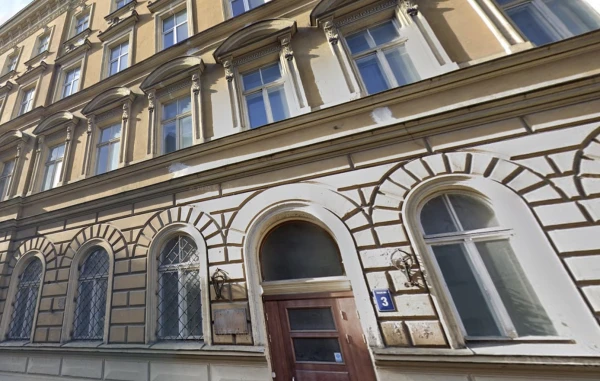

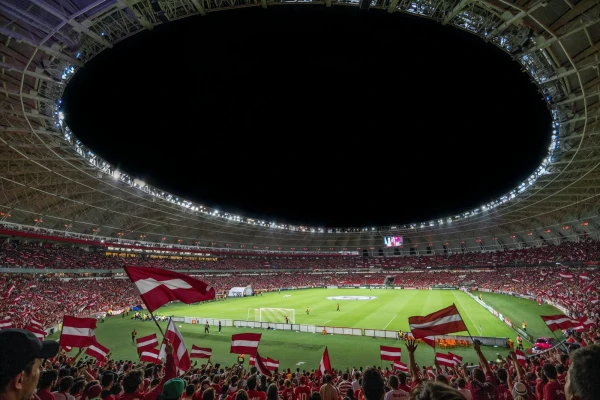

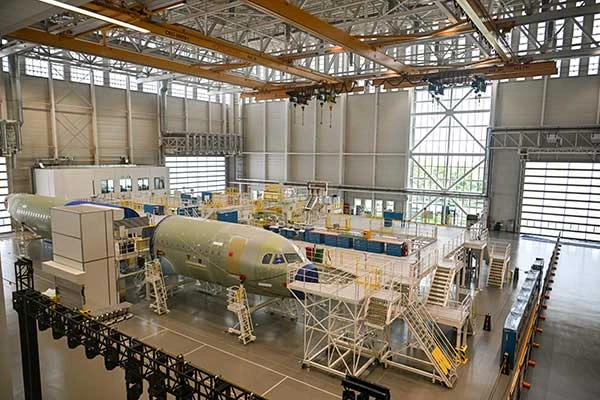
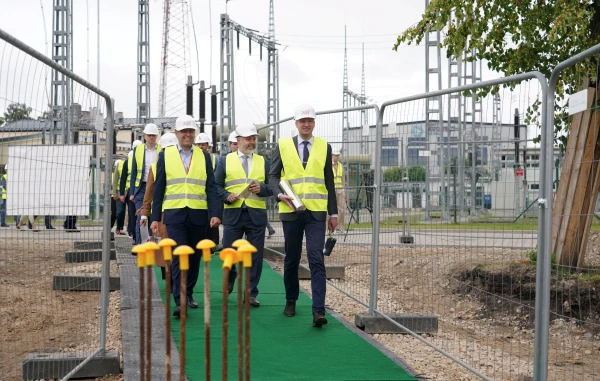
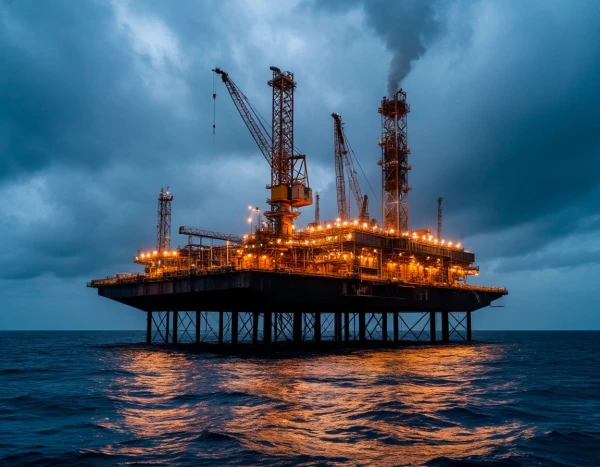


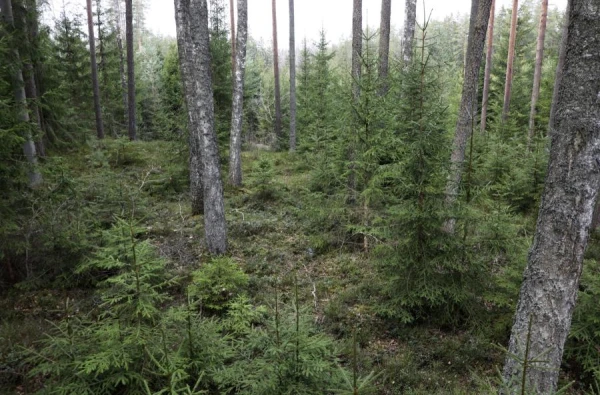




Leave a comment